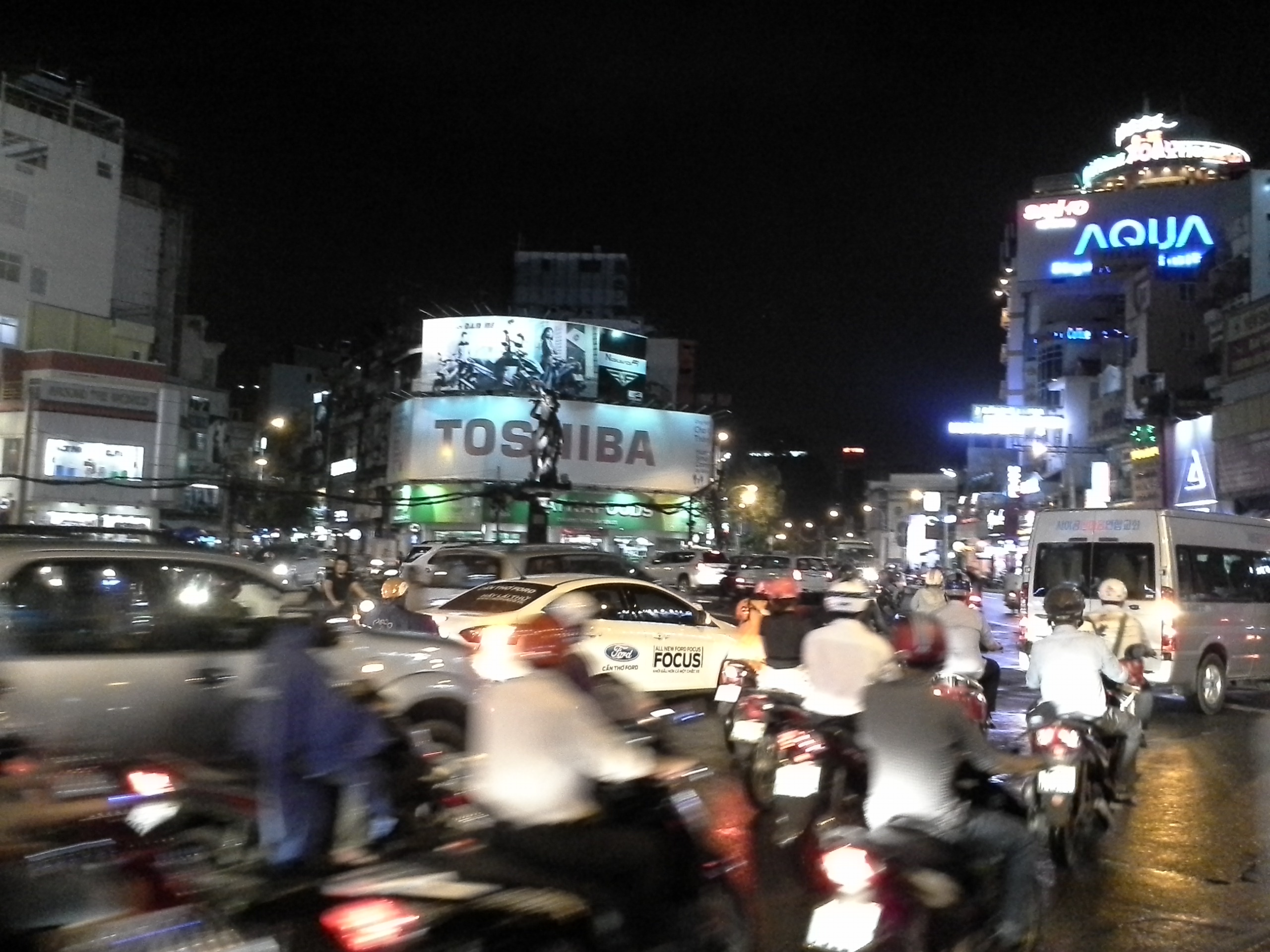
Uploaded on 2017-02-22 by Joana Miguel Correia Fernandes
1. First, identify the most important stocks and flows (at least three) entering, staying in and eventually leaving your area (or city). Water Cars Waste 2. Describe your findings based on the concept of stocks and flows by presenting the necessary information or examples. Water, the Tagus river in Lisbon is a landmark. It dictates the history and dynamic of the city. The Tagus river is by far Lisbon’s most important stock. From the water capture for treatment and distribution, to the inflows of people that daily cross the river, to the economics of tourism and leisure that evolve around the river, to the waste water that flows back. This critical stock also dictates the construction in the river side area, the materials and methodologies used to compensate for floods, as well as the port area that represents a significant role in Lisbon’s economy. Cars. Nearly half a million people live in the city of Lisbon. Yet daily more than two million come to work in Lisbon, coming from Lisbon’s metropolitan area. Individual cars are the most common travelling mode, transporting single individuals into and outside of the city. This accounts for the largest contributor in CO2 and GHG emissions, dictating the city’s planning and budget for roads and transports infrastructure, as well as for the time people consume in transports in order to move from one place to another. Waste. The 3Rs policy, reduce, reuse and recycle transformed the ways to manage and value urban waste. The reduction policy promotes less stock accumulation to begin with. Reuse intents to give goods a second life before their end of useful life and the recycle transforms waste into a good, which is transformed and turned into another consumable. Since the entering in force of recycling policies several new business have immersed to reuse glass, paper, plastic, tyres, etc, etc. The materials that can’t be recycled, namely organic waste, can be valued for fertilizer and/or energy production (biogas) or incinerated for electricity and/or heat production. 3. Imagine and shortly describe how these stocks and flows could change in the future for the benefit of your area. Water – the Tagus river has been suffering through the years several requalification projects, namely addressing waste water treatment, addressing the river benches and reconnecting the river with the city. In the future projects in the water transportation area could exploit some of the river dynamics creating circulation channels along the river, connecting the east and west sides of Lisbon. More could also be exploited in the leisure area, with sailing and water sports. In terms of energy tidal energy could be studied and offshore wind could also be evaluated. As for food, if the river’s water quality were to improve substantially fish could also be a value provided by the river. Cars – the city would largely benefit if restriction measures to private cars circulation were to be implemented. City access fees, week-days circulation restrictions, park and ride, car pooling, among so many other policies, could greatly improve the traffic in the city and, inherently, the city’s air and noise quality. Measures fostering the public transport, soft modes and new technologies, namely the electric vehicle could also complement an integrated strategy. Waste – A transversal approach to the 3Rs policy implementation would represent a dramatic change in the community. From the reduction: reducing consumption of unnecessary goods and promoting conscious consumption, to the reuse: fostering longer life cycle policies for products, assuring quality goods, promoting shared use of goods to the recycling: via communication campaigns and real separation and valorization strategies to the final valorization of waste for energy production. This would imply a long time strategy towards changing the communities mind set, significantly contributing to lower resources depletion and GHG emissions.